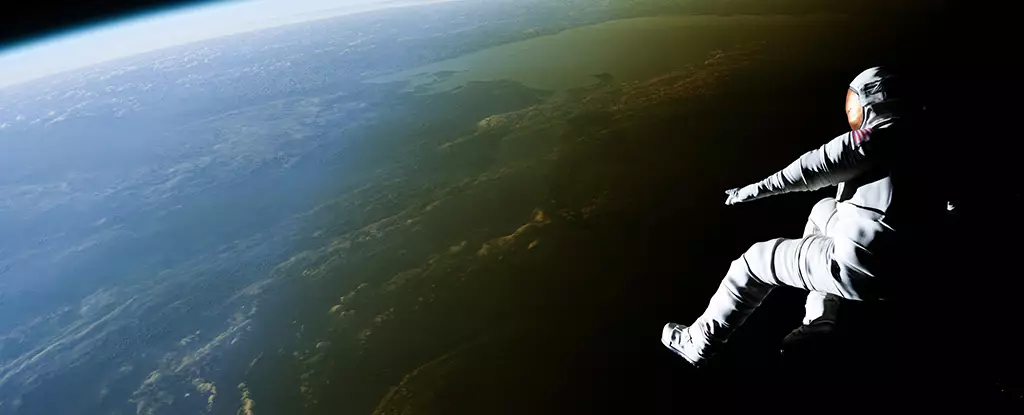As NASA’s Artemis program aims to return astronauts to the Moon and private companies venture further into space, a new field emerges: astroforensics. The harsh and unique environment of space presents challenges for forensic investigations, with altered gravity, cosmic radiation, extremes in temperature, and the need for oxygen-providing climate systems complicating the process. Unlike on Earth, where gravity is a constant force, the reduced gravity in space introduces new challenges for understanding how evidence behaves.
Bloodstain pattern analysis is a crucial aspect of forensic sciences, relying heavily on gravitational effects to determine the circumstances under which blood stains are formed. Gravity plays a significant role in how airborne liquid blood interacts with a surface and creates stain patterns. While gravity is often taken for granted on Earth, it becomes a critical factor in forensic investigations in space.
In a recent study, researchers sought to understand how the altered gravity environment of space would affect forensic science disciplines. By conducting experiments in free-falling microgravity, researchers projected blood drops onto a surface and analyzed resulting bloodstains using routine protocols. The experiments were conducted inside a repurposed chamber in a plane, with a synthetic analogue of blood used due to biohazard concerns. The study found that microgravity does change the behavior of blood drops and the stains they create, with blood traveling in a straight line and exhibiting different spreading actions compared to Earth’s gravity.
This research marks the beginning of a new era in exploring the impact of extraterrestrial environments on forensic evidence. It not only has implications for forensic sciences but also for more traditional natural sciences such as fluid dynamics in spacecraft design and analyzing faults in space forensic engineering following spacecraft malfunctions. To further research in this emerging field, larger microgravity environments will be needed to study the behavior of forensic evidence in space effectively.
As humanity ventures further into space and establishes a presence on the Moon and beyond, the field of astroforensics will continue to grow. Understanding how altered gravity impacts forensic investigations will be crucial for future missions and establishing forensic science laboratories in space. The challenges posed by the space environment will require innovative solutions and a deep understanding of the behavior of evidence in altered gravity conditions.
The field of astroforensics presents a unique set of challenges and opportunities for forensic science. By exploring how altered gravity affects the behavior of forensic evidence, researchers can pave the way for a new era of investigations in space. As we expand our footprint beyond Earth, understanding how evidence behaves in space environments will be crucial for ensuring justice and safety in extraterrestrial missions.


Leave a Reply